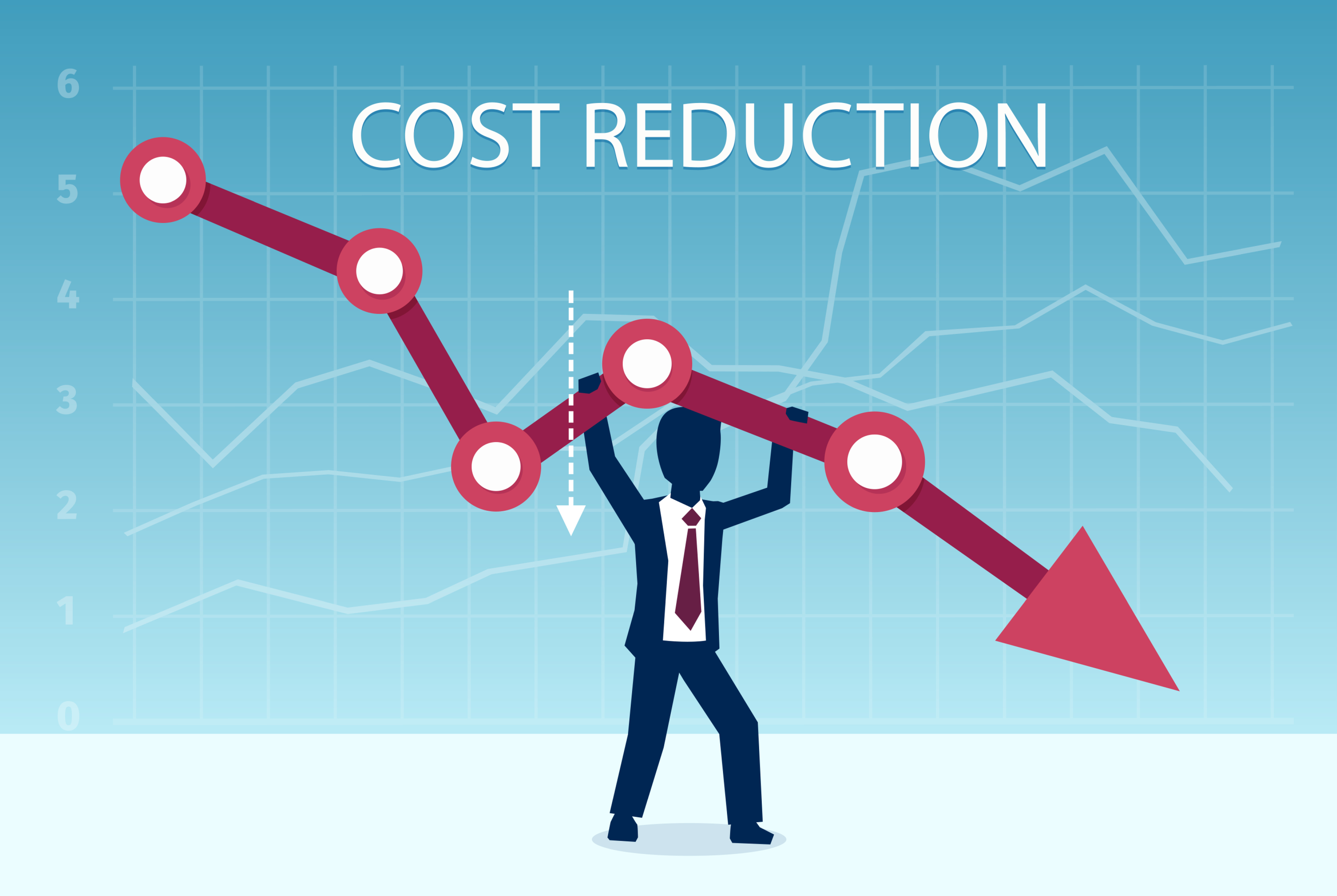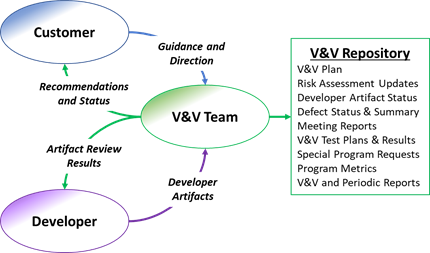Requirements Verification & Validation
During the requirements phase the developer generates program requirements needed to support development. The developer also traces these requirements to their parent Customer system requirements. Verification & Validation assesses developer artifacts generated during this phase. The V&V team may analyze the Customer/developer project documents, requirements, traceability data, the Software/System Requirements Specifications, the Interface Requirements Specifications, and Interface Control Documents for interfacing to external and internal systems.
V&V of the developer's requirements ensures that the design phase is working from a mature base of requirements and satisfies the users' needs. Furthermore, these tasks also ensure that the requirements are testable and traceable.
If developers define their test approach, testing plans and test data during the requirements phase, then the developer's test planning effort is also reviewed by the IV&V team during the requirements phase.
Interestingly, developer errors found in this phase of the effort by V&V have the greatest positive impact on total system development costs. So, requirements V&V is a significantly critical step in the overall V&V process and has the potential to deliver the best return on the V&V investment.






